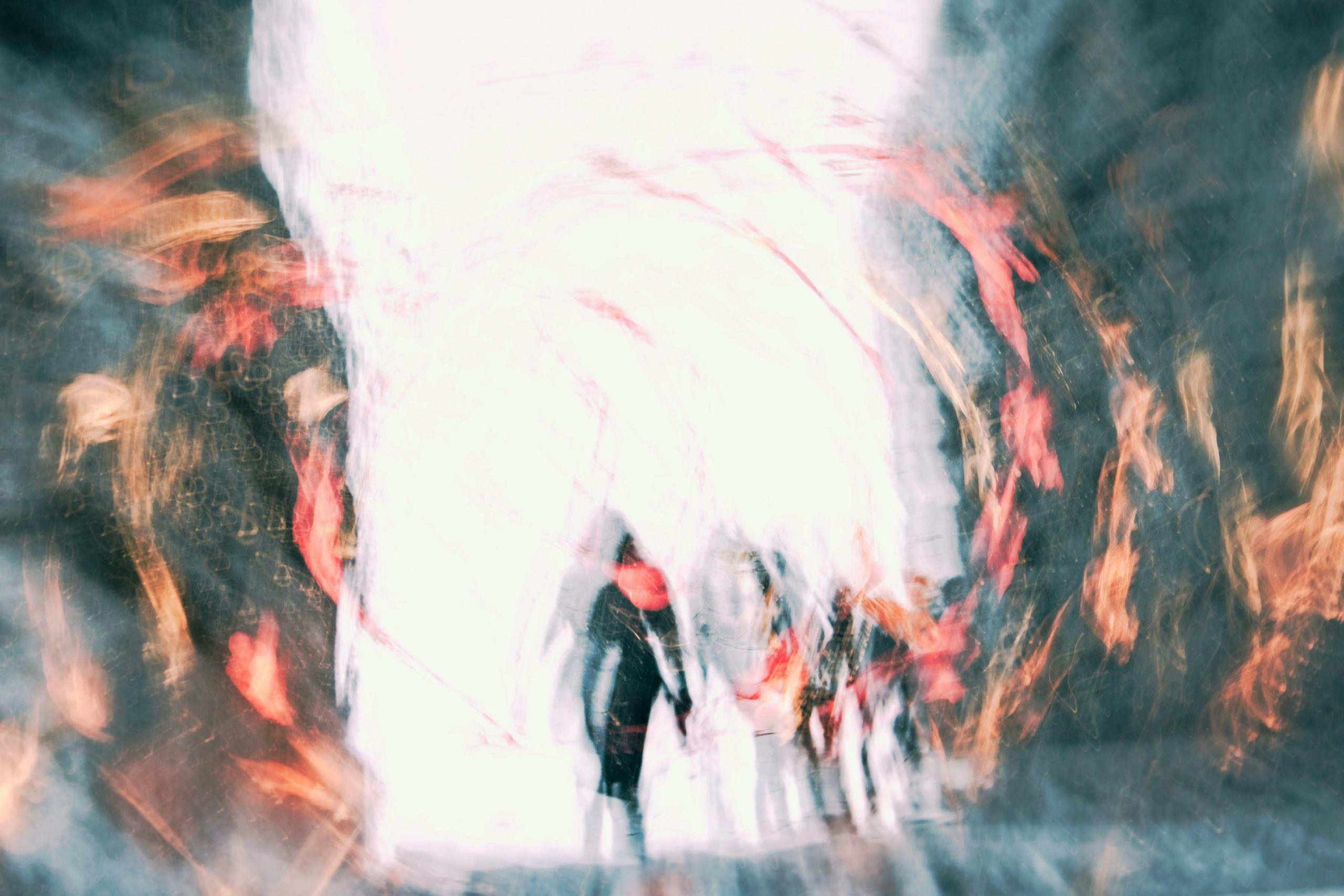Throughout history, humans have been captivated by the idea of developing supernormal abilities—known in many spiritual traditions as siddhis. These powers range from telepathy and levitation to complete transcendence of suffering and the physical body. Almost every ancient religion includes stories of mystics, yogis, and saints who reportedly developed such powers through intense discipline, spiritual purification, or divine grace.
The common thread? These abilities seem far too extraordinary for an ordinary primate to possess. And yet, stories persist.
Saints, Sages, and the Supposedly Supernatural
Take St. Joseph of Cupertino, a 17th-century Franciscan friar, famously dubbed “the levitator.” Known for entering ecstatic trances during prayer, witnesses claimed he would spontaneously lift into the air—sometimes mid-Mass, leaving onlookers stunned. His moments of elevation were said to be acts of divine ecstasy rather than conscious will.
In ancient Tibet, the legendary yogi Milarepa is said to have gained supernatural powers after years of solitary meditation, fasting, and spiritual purification. Stories credit him with feats like walking through walls and predicting events with pinpoint accuracy. His life was one of rigorous practice—discipline so intense that the siddhis he reportedly acquired were viewed not as party tricks, but the natural result of spiritual mastery.
Siddhis in the Modern World: Yoga Studios and YouTube Gurus
Today, claims of siddhis or spiritual powers are increasingly common—especially in circles orbiting wellness culture, new-age spirituality, and internet spirituality influencers. Your yoga teacher, breathwork coach, or TikTok guru might claim to have access to “higher states of consciousness” or to be able to “activate your latent powers.”
The message is everywhere:
✨ “Unleash your true potential!”
🌀 “Awaken the divine within!”
🌈 “Access happiness, health, orgasm, balance, power!”
Whether it’s delivered by a suburban yoga instructor or a techno-ascetic raver, the aesthetic changes, but the core idea remains the same: there is more to this life, and you can tap into it.
Some find inspiration from books like Dan Millman’s Way of the Peaceful Warrior, emulating characters who reach altered states of perception—feeling their nervous systems kick on like a spaceship ready for liftoff. They surf, snowboard, skydive, chant mantras, and swear they’re “feeling the energy.” While some experiences may be deeply transformative, others mistake adrenaline or novelty for enlightenment.
Regardless, the longing is real. Many are simply seeking access—to peace, to power, to something beyond the mundane.
Understanding Siddhis: Powers or Byproducts?
In Hinduism, siddhis are considered natural byproducts of deep spiritual practice—not the goal. The Yoga Sutras of Patanjali mention them as signposts on the road to liberation, warning that attachment to these powers can become a trap.
Commonly Described Siddhis:
- Clairvoyance – perceiving things beyond normal sight
- Telepathy – sending or receiving thoughts
- Precognition – seeing the future
- Levitation – rising without mechanical support
While fascinating, many traditions stress that siddhis are not “achievements.” They arise naturally as one attains mastery over the mind and body. When sought with impure motives—ego, greed, dominance—they tend to backfire. True siddhis, if they exist, are said to manifest in service, healing, and inner transformation—not showmanship.
Saints Who Soared: Joseph and Milarepa
The Catholic Church canonized Joseph of Cupertino despite his unconventional behavior and mystical experiences. Though poorly educated and awkward in manner, his ecstatic visions and levitations during Mass were observed by dozens. In a time of rational theology, Joseph reminded people that God often chooses the unexpected vessel.
In contrast, Milarepa’s feats were more philosophical than performative. His ability to survive in icy caves without food, his clairvoyant visions, and mystical poetry inspired generations. His story, passed through oral traditions and early printed scrolls, remains a pillar in Tibetan Buddhism.
The Science of “Superpowers”
From a modern psychological and scientific standpoint, siddhis fall into the realm of parapsychology—a field with limited empirical validation. Experiments like the ganzfeld tests attempted to demonstrate telepathy under controlled conditions, but results were inconclusive at best.
In short:
- Anecdotes ≠ evidence
- Spiritual experience ≠ scientific proof
- “Feeling something” ≠ extrasensory perception
Still, the placebo effect, neuroplasticity, and heightened awareness during meditation are scientifically supported phenomena. These may explain some sensations or “powers” people experience—just not in the comic-book sense.
Meditation, Mysticism, and Misunderstanding
Meditation has always been a key ingredient in the siddhi recipe. Ancient yogis and monks meditated for days, weeks, or even years—sometimes experiencing visions, glowing lights, or intense bodily sensations. These are not necessarily siddhis, but signs of shifts in awareness.
Importantly, most traditions emphasize ethical development alongside spiritual training. Compassion, humility, and discipline must grow in step with any power—or risk corrupting it.
Modern misapplications of “siddhi culture” often miss this point. If you suddenly knew someone’s thoughts or future, would you use that for manipulation or for healing? Without ethical maturity, such abilities would be dangerous—not divine.
The Real Siddhi: A Better Human
Siddhis, if they exist, are not tricks. They’re glimpses of what’s possible when the mind is still, the heart is open, and the ego is quiet.
While some stories may be exaggerated or symbolic, they still offer a powerful metaphor: that human potential is far greater than we imagine, and the real journey is inward. As modern mystics often say, “You are the portal.”
Don’t chase siddhis for their spectacle. Instead, walk the path that cultivates awareness, compassion, courage, and love. From that foundation, the extraordinary may unfold on its own.
References & Further Reading
- The Hiding Places of God – John Cornwell
- Milarepa’s Life – Project Himalayan Art
- Desegregating Science & Spirituality – Thrive Global
- Sarbacker on Siddhis in the Yoga Sutras – PhilPapers
- 🎥 Watch the full video on siddhis

